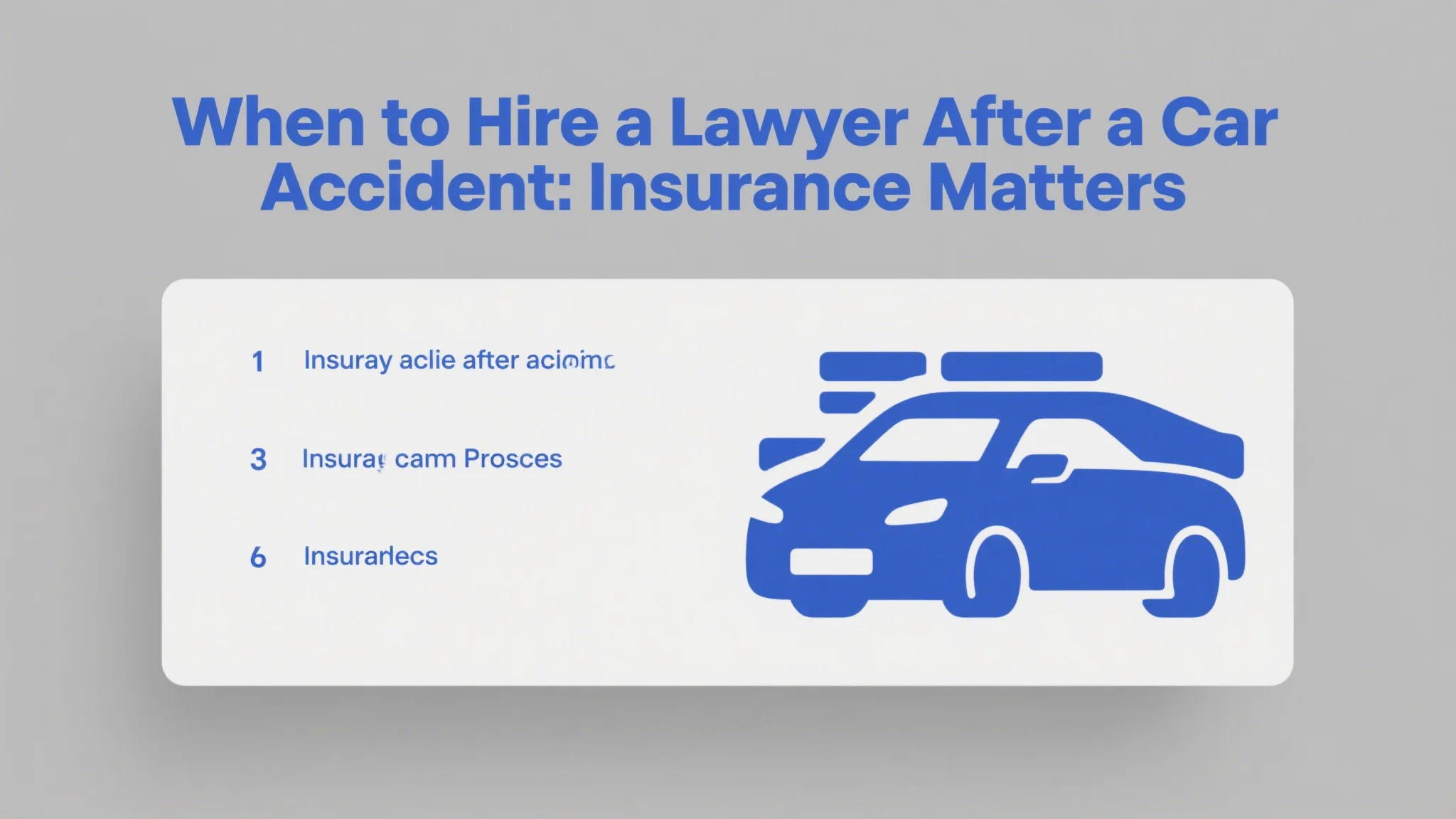Understanding Cash-Out Refinancing
In today’s financial landscape, many homeowners find themselves sitting on a valuable asset: the equity in their homes. For those looking to unlock this hidden value, cash-out refinancing has emerged as a popular option. But what exactly is cash-out refinancing, and how does it work? Let’s break it down.

Cash-out refinancing is a type of mortgage refinancing that allows homeowners to borrow against the equity they’ve built in their property. Essentially, it’s a way to turn your home’s value into cash. When you refinance your mortgage, you’re replacing your current loan with a new one. In a cash-out refinancing scenario, you borrow more than the current balance of your mortgage, and the difference is paid directly to you.
For example, if your home is worth $300,000 and you currently owe $200,000 on your mortgage, you have $100,000 in equity. By refinancing, you could take out a new loan for $250,000, leaving you with $50,000 in cash. This cash can be used for a variety of purposes, such as paying off high-interest debt, funding a home renovation, financing a college education, or even starting a business.
Why Choose Cash-Out Refinancing?
The primary advantage of cash-out refinancing is the ability to access a significant amount of funds in a relatively short period. Here are some of the key benefits:
Lower Interest Rates: Refinancing often comes with lower interest rates compared to other forms of borrowing, such as personal loans or credit cards. This can save you money over the long term.
Tax Benefits: In many cases, the interest paid on a cash-out refinancing loan is tax-deductible, making it a more attractive option for those looking to reduce their taxable income.
Improved Credit Score: By consolidating high-interest debt into a single low-interest loan, you can reduce your monthly payments and improve your credit score over time.
Flexibility: The cash you receive can be used for any purpose, giving you the flexibility to address both immediate and long-term financial goals.
Is Cash-Out Refinancing Right for You?
While cash-out refinancing offers numerous benefits, it’s not without its drawbacks. Before deciding, it’s important to evaluate your financial situation and goals. Here are some questions to consider:
Do you have a significant amount of equity in your home?
Are you looking to reduce your monthly debt payments?
Can you afford the potential costs of refinancing, including closing costs and fees?
Do you have a clear plan for how you’ll use the cash you receive?
If you answer yes to these questions, cash-out refinancing might be a viable option. However, it’s crucial to work with a trusted mortgage professional to ensure you’re making the best decision for your financial future.
The Pros and Cons of Cash-Out Refinancing
While cash-out refinancing can be a powerful tool for accessing home equity, it’s essential to weigh the pros and cons before taking the plunge. Let’s explore both sides of the equation.
The Benefits
Access to Capital: One of the primary advantages of cash-out refinancing is the ability to access a large sum of money quickly. This can be particularly beneficial for homeowners looking to make significant investments or improvements.
Lower Interest Rates: As mentioned earlier, refinancing often comes with lower interest rates compared to other forms of borrowing. This can lead to significant savings over the life of the loan.
Tax-Deductible Interest: The interest paid on a cash-out refinancing loan is typically tax-deductible, which can help reduce your taxable income and save you money come tax time.
Debt Consolidation: If you’re juggling multiple high-interest debts, cash-out refinancing can provide a way to consolidate them into a single, more manageable loan.
The Drawbacks
Longer Loan Term: Refinancing often results in a longer loan term, which can extend the amount of time it takes to pay off your mortgage. This can be a disadvantage if you’re looking to pay off your home sooner rather than later.
Higher Costs: Refinancing comes with costs, including closing costs, appraisal fees, and other expenses. These can add up and may offset some of the savings you expect to achieve.
Risk of Negative Equity: If home values decline, you could end up owing more on your mortgage than your home is worth. This is known as having negative equity, and it can make it difficult to sell your home or refinance again in the future.
Debt Burden: While cash-out refinancing can provide immediate cash, it also increases your debt burden. If you’re not careful with how you use the funds, it could lead to financial trouble down the line.
Key Considerations
Before proceeding with a cash-out refinancing, there are several key factors to consider:
Your Financial Goals: Are you using the cash to achieve a specific financial goal, such as paying for a child’s education or funding a retirement? Having a clear plan will help you stay on track.
Loan Terms: It’s important to carefully review the terms of your new loan, including the interest rate, loan term, and any fees or penalties associated with early repayment.
Tax Implications: While the interest on your refinanced loan may be tax-deductible, there are other tax implications to consider. Consult with a tax professional to ensure you’re making the best decision for your situation.
Long-Term Financial Health: While cash-out refinancing can provide immediate benefits, it’s crucial to think about how it will impact your financial health over the long term.
Cash-out refinancing is a powerful tool for homeowners looking to access the equity in their homes. By turning equity into cash, you can achieve a variety of financial goals, from paying off debt to funding major investments. However, it’s important to carefully evaluate the benefits and drawbacks, as well as your own financial situation, before making a decision.
With the right approach and a trusted mortgage professional by your side, cash-out refinancing can be a smart way to unlock the value in your home and create a more secure financial future.




